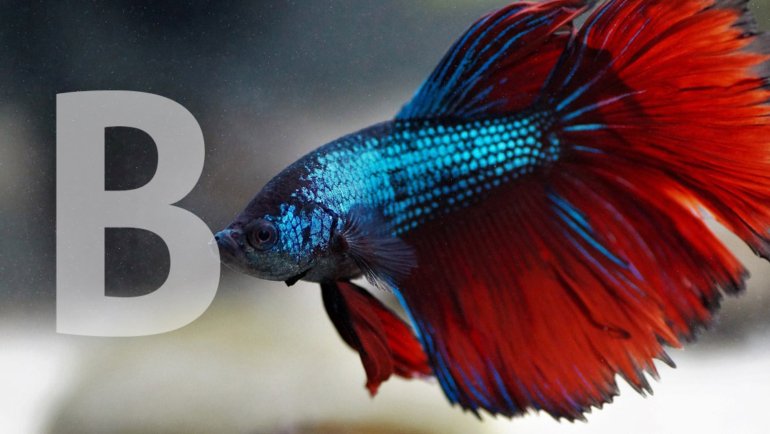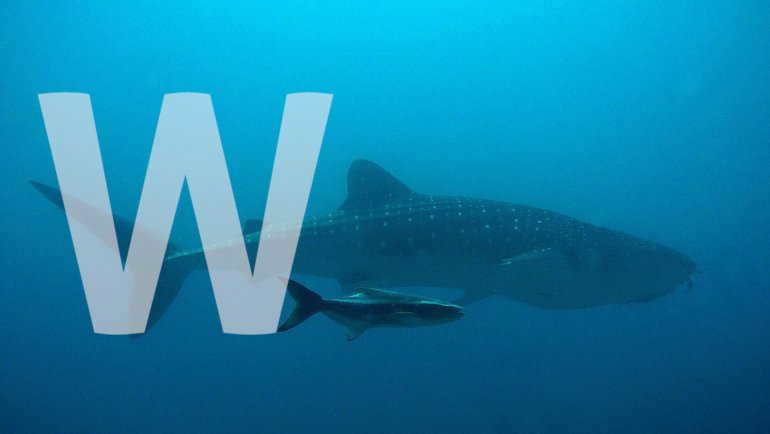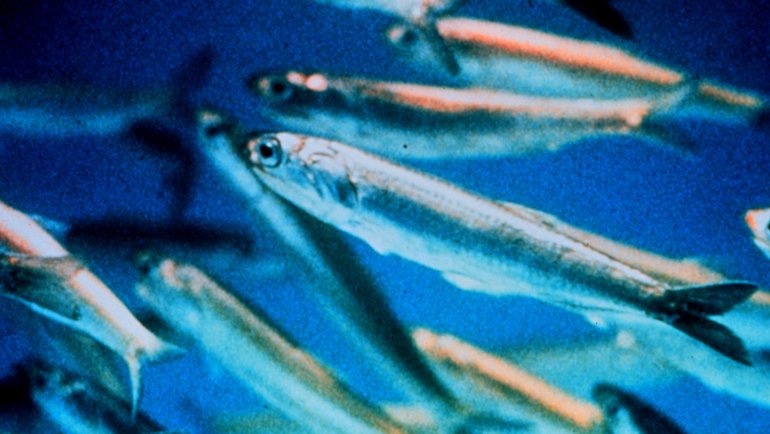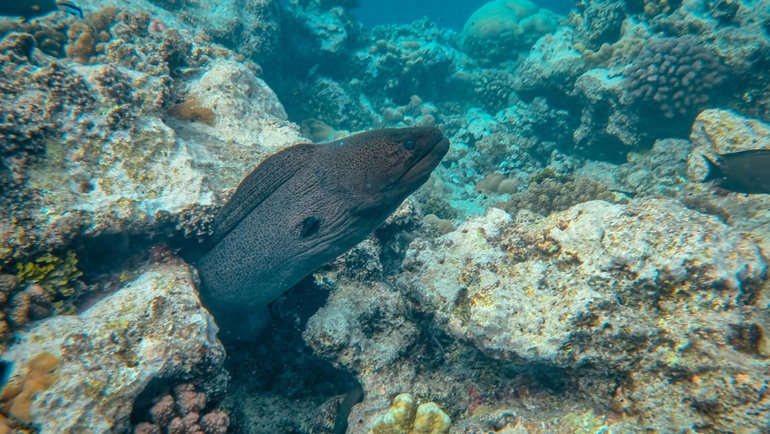Embark on a captivating journey through the aquatic world, where each ripple and wave brings us closer to the intriguing lives of 6-letter-named fish. From the migrating Salmon to the enigmatic Burbot, this collection unveils the remarkable diversity and resilience of these aquatic inhabitants.
These species, each with a six-letter moniker, embody the vast spectrum of adaptation and survival strategies that have evolved over millennia, thriving in environments ranging from the shallowest coral reefs to the deepest riverbeds.
In this exploration, we delve into the unique traits and ecological significance of fishes like the vibrant Wrasse, the elusive Turbot, and the sociable Minnow, shedding light on their behaviors, habitats, and the critical roles they play in maintaining the balance of their ecosystems. Prepare to be immersed in the world of these fascinating creatures, whose stories are as diverse as the waters they inhabit, and discover the extraordinary connections they share with their underwater realms.
6-Letter Fish List
Salmon

- Scientific Name: Salmo salar (Atlantic Salmon), Oncorhynchus spp. (Pacific Salmon)
- Where Found: North Atlantic and Pacific Oceans
- Conservation Status: Ranges from Least Concern to Endangered, depending on the species and location
Salmon are iconic fish, known for their incredible migrations from saltwater oceans to freshwater rivers to spawn, a journey fraught with immense challenges. They are celebrated not only for their culinary value but also for their significant cultural and ecological importance. Species like the Atlantic and Pacific Salmon are integral to aquatic ecosystems, transferring nutrients from the ocean deep into riverine environments, benefiting numerous terrestrial and aquatic species.
These fish exhibit remarkable physical changes throughout their life cycles, especially during spawning, when they transition from the silvery blue of their oceanic phase to vibrant reds and oranges. Conservation efforts are critical for salmon, as their populations are threatened by overfishing, habitat loss, and climate change, which impact their spawning journeys and survival rates.
Did you know? Salmon have a keen sense of smell, which they use to navigate back to their natal rivers from the ocean, sometimes traversing thousands of miles to the exact spot where they were born.
Wrasse

- Scientific Name: Family Labridae
- Where Found: Coral reefs, rocky coasts, and seagrass beds worldwide
- Conservation Status: Most species are Least Concern, but specific populations may be threatened by habitat loss and overfishing
Wrasses are a large and diverse group of colorful reef fish known for their vibrant hues and striking patterns. They play a vital role in maintaining the health of coral reefs by preying on parasites found on other fish, controlling algae growth, and even providing ‘cleaning’ services to other marine species.
Their behavior and ecology vary significantly across the family, with some species known for their intricate mating rituals and others for their ability to change sex during their lifetime.
Adapted to a wide range of marine environments, wrasses are often seen darting among coral branches, using their protractile mouths to extract invertebrates from crevices. They are a critical component of the reef ecosystem, contributing to both its complexity and resilience. Their presence is often a good indicator of the overall health of the reef.
Did you know? Some wrasse species are known as “cleaner fish,” setting up ‘cleaning stations’ where they remove parasites from larger fish, a relationship that benefits both parties.
Turbot

- Scientific Name: Scophthalmus maximus
- Where Found: Northeast Atlantic, Baltic Sea, and Mediterranean Sea
- Conservation Status: Least Concern
Turbot are prized flatfish known for their firm, white flesh and delicate flavor, making them a favorite in haute cuisine. They inhabit sandy, muddy, or gravelly seabeds where they can camouflage and ambush prey, feeding on fish, crustaceans, and mollusks. The diamond-shaped body, both eyes on one side, and the ability to change color to match their surroundings make them well-adapted to life on the seafloor.
Commercially valuable, turbot are subject to intensive fishing pressure, yet their populations are currently stable due to effective management practices in some regions. They are farmed in several countries, providing a sustainable option to meet market demands while relieving pressure on wild stocks.
Did you know? The turbot’s ability to blend with its environment is so effective that it can become nearly invisible to unsuspecting prey, which it catches with a sudden swift attack.
Remora

- Scientific Name: Family Echeneidae
- Where Found: Tropical and subtropical oceans worldwide
- Conservation Status: Least Concern
Remoras, also known as suckerfish or sharksuckers, are fascinating marine fish known for their unique dorsal fin that acts like a suction cup, allowing them to attach to larger marine animals such as sharks, turtles, and whales. This symbiotic relationship allows remoras to travel great distances and access food scraps from their hosts, while the host animals seemingly remain unaffected by their presence.
These fish are opportunistic feeders, consuming leftovers from their host’s meals or parasitic organisms from the host’s skin, providing a cleaning service. The remora’s adaptation to a commensal lifestyle is a remarkable example of evolutionary specialization, showcasing the diverse survival strategies within the marine environment.
Did you know? Remoras use their powerful suction discs not only to hitch rides on larger animals but also to remove parasites and dead skin, acting as cleaners for their hosts.
Barbel

- Scientific Name: Barbus barbus (Common Barbel)
- Where Found: Rivers and streams across Europe and parts of Asia
- Conservation Status: Least Concern
Barbels are freshwater fish recognized for the barbels around their mouth, which they use to search for food along riverbeds. They thrive in fast-flowing waters, where they can find their primary diet of invertebrates, small fish, and plant matter. Their elongated bodies and large fins make them strong swimmers, capable of holding their position against strong currents.
Popular among anglers for their fighting prowess, barbels are admired for their endurance and strength. They play a significant role in their ecosystems, contributing to the balance of aquatic life and serving as indicators of clean, oxygen-rich water environments.
Did you know? The barbel’s sensitive barbels are not just for show; they’re packed with taste receptors, helping the fish detect food in murky waters where visibility is low.
Bigeye

- Scientific Name: Priacanthus arenatus (Bigeye)
- Where Found: Tropical and subtropical waters worldwide
- Conservation Status: Least Concern
Bigeye fish are known for their disproportionately large eyes, which enhance their vision in low-light conditions in deeper waters or at night. They inhabit various marine environments, often found near coral reefs, underwater structures, and ledges, adapting to a life where enhanced visual acuity is crucial for survival. Bigeyes tend to remain relatively stationary during the day, using their excellent vision to feed on smaller fish and invertebrates by night.
These fish are vital to marine ecosystems, contributing to the balance of the food web as both predators and prey. Their ability to thrive in deeper waters highlights the adaptability and diversity of reef-associated species. Bigeyes are sometimes caught as bycatch in commercial fisheries but are not generally considered a primary target.
Did you know? The bigeye fish can adjust the pigmentation of its eyes, making them appear larger or smaller, to adapt to varying light conditions and possibly to enhance communication with other fish.
Mullet

- Scientific Name: Mugilidae family (various species)
- Where Found: Coastal temperate and tropical waters worldwide
- Conservation Status: Least Concern, but some local populations may be impacted by habitat changes and overfishing
Mullets are a group of predominantly coastal fish known for their schooling behavior and ability to thrive in various habitats, including estuaries and bays. They are distinguished by their robust, silvery bodies and small, triangular mouths, adapted to feed on detritus, algae, and small invertebrates. These fish are essential for nutrient cycling, transferring energy from primary producers to higher trophic levels.
Highly valued in many cultures for their flesh and roe, mullets are subject to both commercial and subsistence fishing. Their presence in large schools makes them susceptible to overfishing, yet they play a crucial role in coastal ecosystems, aiding in the maintenance of water quality and the health of seagrass beds.
Did you know? Mullet are capable of jumping over obstacles and even out of the water, which is thought to help them avoid predators and possibly aid in the removal of parasites.
Minnow
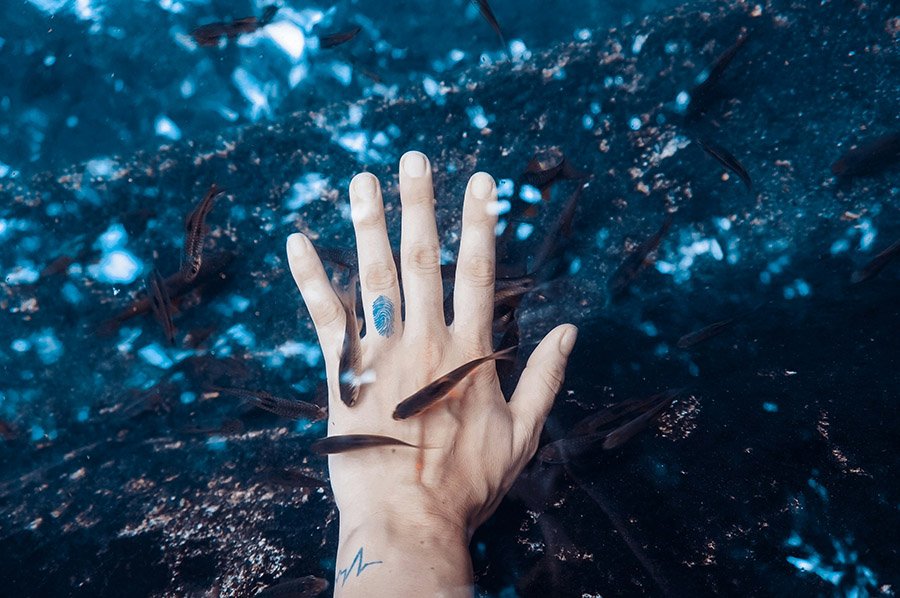
- Scientific Name: Various species within the family Cyprinidae
- Where Found: Freshwater environments worldwide
- Conservation Status: Varies significantly by species; some are stable, while others are threatened or endangered
Minnows encompass a vast group of small freshwater fish within the Cyprinidae family, renowned for their ecological diversity and importance. They inhabit a wide range of water bodies, from streams and rivers to lakes and ponds, often forming large schools. These fish are crucial for aquatic ecosystems, serving as a significant food source for predators and playing a key role in the food web dynamics.
Despite their small size, minnows are vital for nutrient cycling and energy flow in freshwater habitats. They feed on a variety of materials, including algae, detritus, and small invertebrates, and are known for their rapid reproductive rates, which help maintain their populations despite heavy predation.
Did you know? Some minnow species exhibit fascinating behaviors, such as elaborate mating dances, and can even change their color during breeding seasons to attract mates.
Plaice
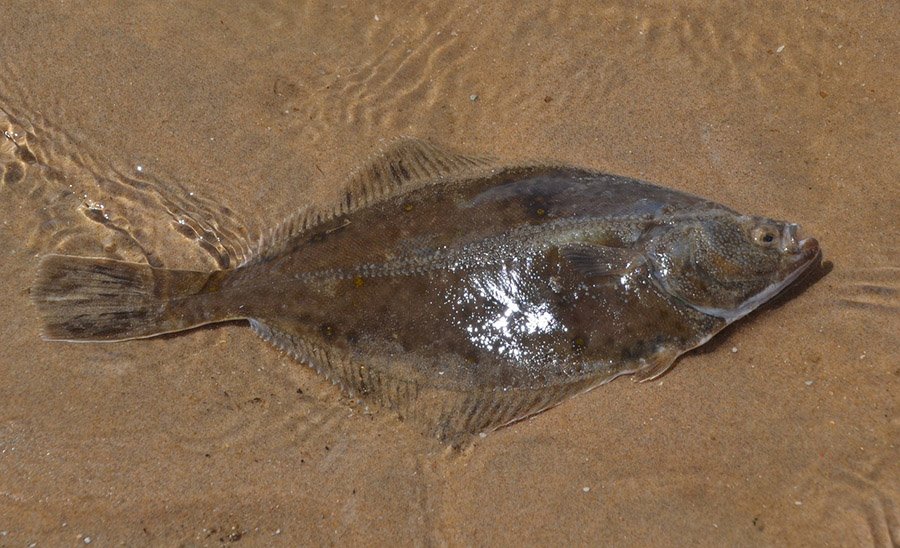
- Scientific Name: Pleuronectes platessa
- Where Found: Northeast Atlantic and the Baltic Sea
- Conservation Status: Least Concern
Plaice are popular flatfish known for their smooth, oval bodies covered in distinctive orange spots. They prefer sandy and muddy seabeds, where they can camouflage themselves, waiting to feed on worms, crustaceans, and other bottom-dwelling organisms. Plaice are valued for their mild, sweet flesh and are a common sight in European markets, often considered a culinary delicacy.
This species undergoes a fascinating metamorphosis during its early life, where one eye migrates to join the other on the upward-facing side of its body, adapting it for a life lived flat against the seabed. Sustainable fishing practices are crucial to ensure the long-term viability of plaice populations, given their popularity among commercial fisheries.
Did you know? Plaice are known for their ability to change color and pattern to blend in with the seabed, an effective adaptation for both avoiding predators and ambushing prey.
Burbot
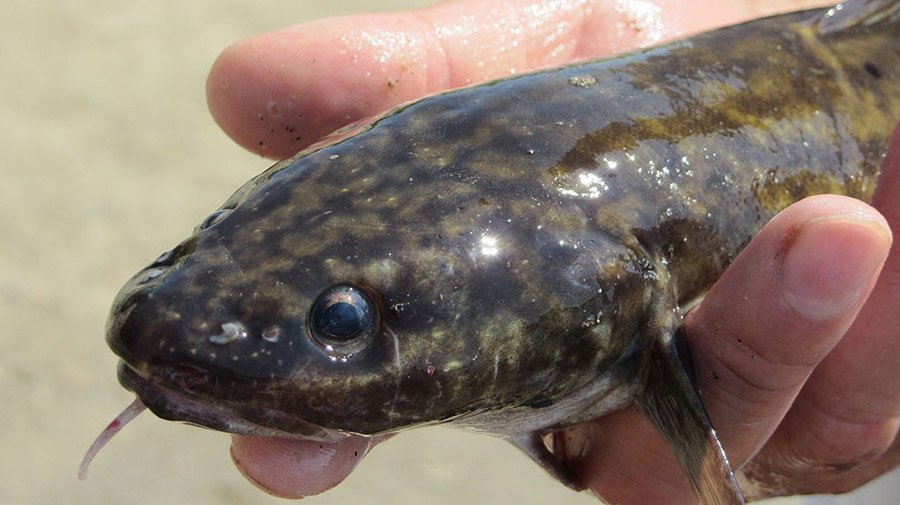
- Scientific Name: Lota lota
- Where Found: Freshwater rivers, lakes, and reservoirs in North America, Europe, and Asia
- Conservation Status: Least Concern, but populations are declining in some areas due to habitat loss and pollution
Burbot, also known as freshwater cod, are unique for being the only gadiform (cod-like) fish inhabiting freshwater. They prefer cold, well-oxygenated waters and are known for their elongated bodies, barbels on their chins, and single barbel on the nose. They are nocturnal feeders, preying on fish, invertebrates, and even their own kind when other food sources are scarce.
Noted for their exceptional flavor and texture, burbot are sometimes pursued in ice fishing and are celebrated in some cultures for their liver, which is rich in vitamins and minerals. They have a fascinating reproductive behavior, spawning in midwinter under the ice, which is unique among freshwater fish.
Did you know? The burbot is the only fish that is found in both the Rhine and the Volga, Europe’s two greatest river systems, showcasing its wide adaptability and distribution.
